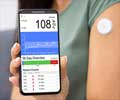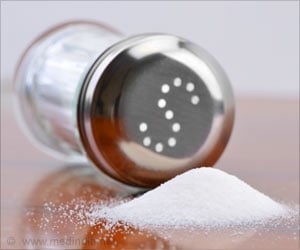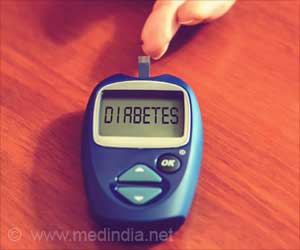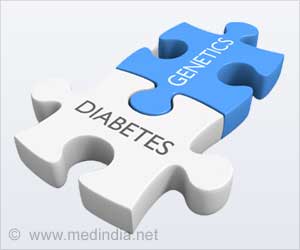Scientists at the University of Texas at Austin, US have reported the development of a gel-like material that could help quicken the long-awaited advent of insulin that can be taken
A new gel-like material may make it possible for diabetics to take insulin by mouth rather than as an injection, scientists at the University of Texas at Austin, US have reported.
In the report, Nicholas A. Peppas and colleagues show that acid in the stomach destroys insulin, preventing its administration by mouth. Many different research groups worldwide are searching for ways to overcome that difficulty. However, an ideal material for safe, effective oral delivery remains elusive.But now the Texas researchers have described a promising candidate in the form of a polymer hydrogel that responds to changes in pH levels.
Pills made from the new material could also deliver other protein-based drugs, such as human growth hormone, that must be protected from being digested in the stomach, the researchers said.
"A big difficulty with type I diabetes is insulin must be [injected] two to three times a day," New Scientist magazine quoted Peppas, as saying.
"It has been a Holy Grail, not only to deliver insulin orally, but also other drugs that can [only] be taken by injection," he added.
The team created a new water-based gel using nanoparticles of two polymers. When formed into particles around 100 nanometres across and combined with water, the polymers form a flexible hydrogel that can soak up insulin.
Advertisement
When put into less acidic conditions like those found in the intestines, the polymer chains changed shape to make the hydrogel swell and release its payload.
Advertisement
"These tethers recognise the cells in the upper small intestine and they stick there," Peppas said.
The sticky coating has been tested on pig intestine cells, and should give the gel the 20 or 30 minutes needed to release the drug, he added.
He further revealed that animal trials of the gel are planned to start soon.
"This is a significant advance, that shows great potential for improved delivery of insulin," says Cato Laurencin of the University of Virginia in Charlottesville, US.
"Both the new materials and the studies demonstrating the promise are highly significant and exciting," he added.
Source-ANI
RAS/L











